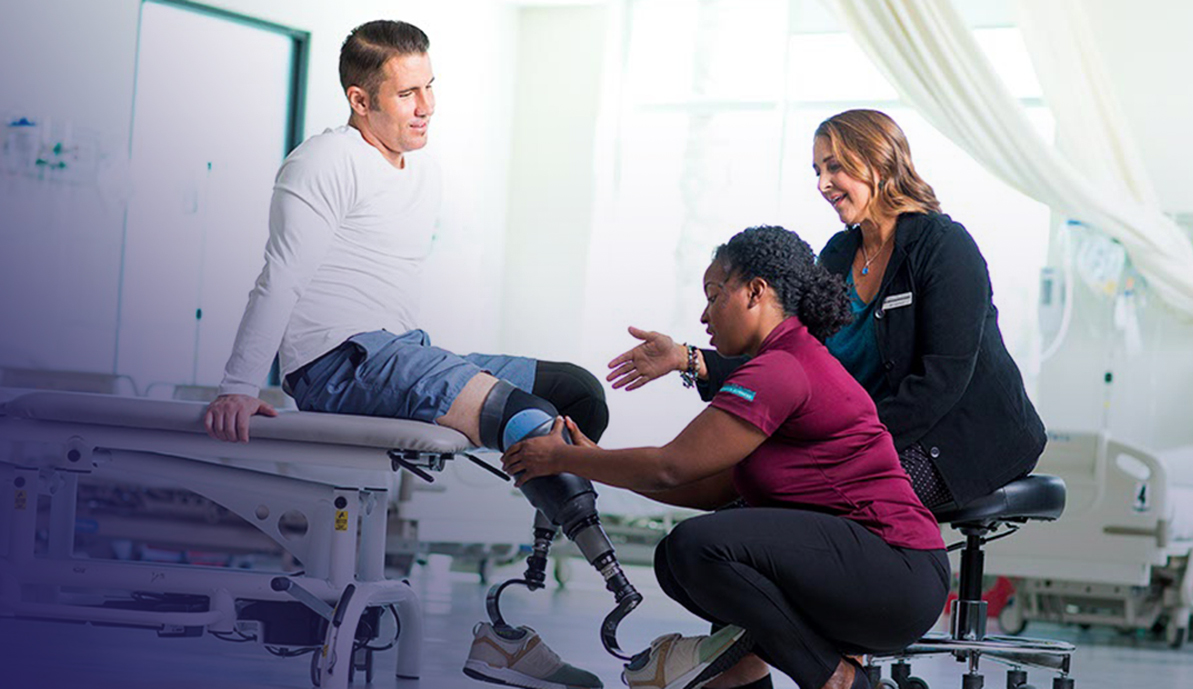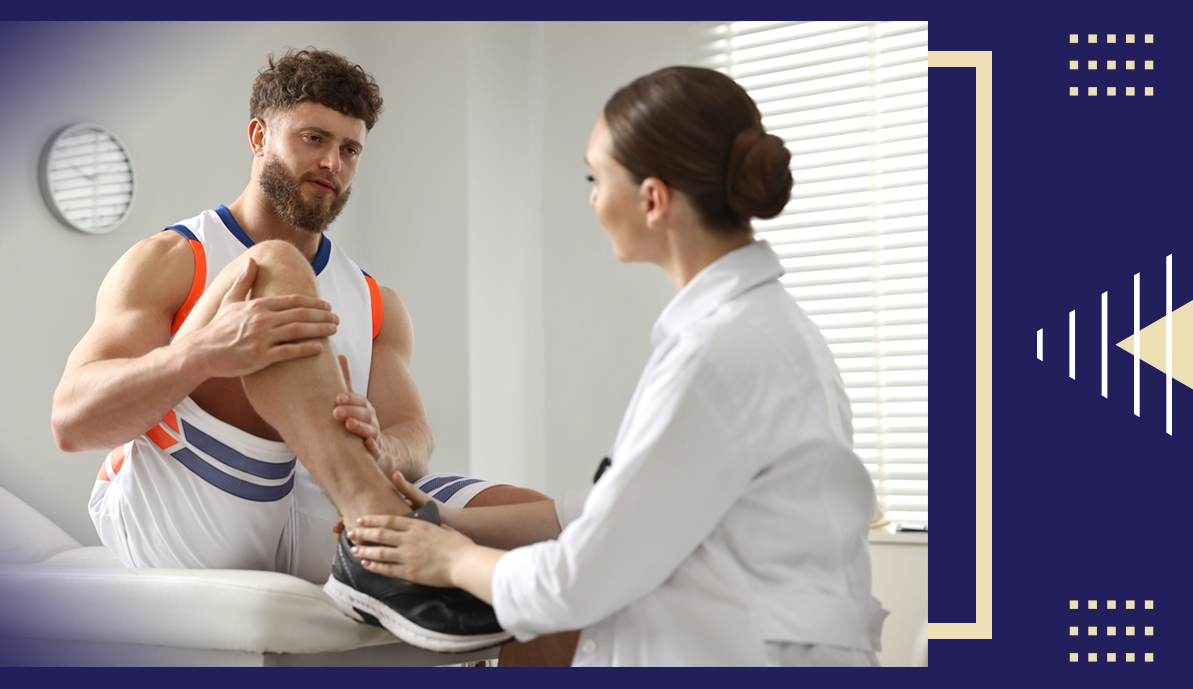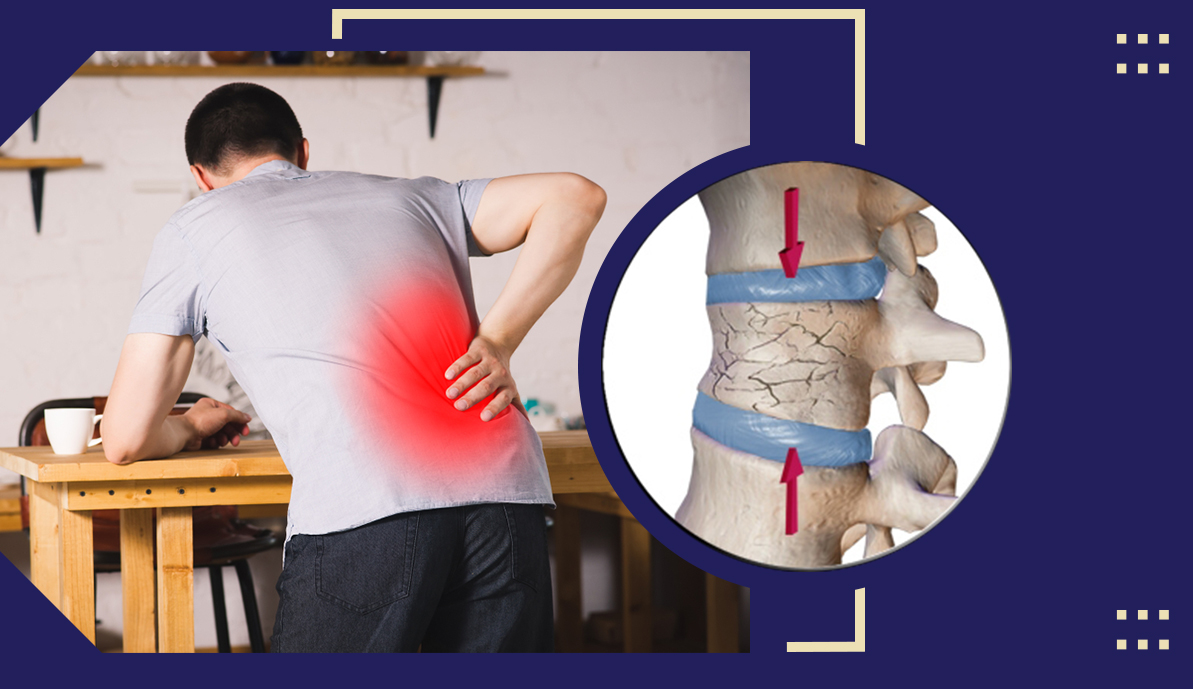
Most Common Injuries That Require Orthopedic Rehabilitation
Most Common Injuries and Orthopedic Treatments
The most common injuries that are usually treated are those of the hand, wrist, ankle, shoulder, hip, and knee.When we lose mobility in a part of our body due to an injury, the treatment helps reduce the damage caused and recover mobility in the affected part as soon as possible so that the patient can normally resume his daily activities.1. Shoulder
It is the joint in the human body that is most frequently injured or dislocated (when a bone is dislodged from its joint). Its injury is generally pronounced and painful.The treatment of this type of injury aims to reduce the dislocation as quickly and gently as possible, using physiotherapy devices that help with relaxation and pain reduction. Once this has been achieved, the shoulder is immobilized for 2 to 4 weeks to avoid all those movements that add to this type of injury.2. Hand or Wrist
Hand or wrist fractures are more common in older people, also in the case of children and young people, due to falls or traffic accidents on bicycles, motorcycles, or skates.Depending on the type of fracture that occurs at this level, orthopedic and rehabilitation treatments are applied. This process includes active shoulder, elbow, and finger exercises, as well as other body movements to prevent stiffness. Physiotherapy for the hand is often complicated by its mechanical and functional complexity. In general, rehabilitation will focus on deep tissue massages and heat or cold therapies to regain stability, eliminate pain, and restore mobility.3. Hip
One of the most painful fractures is that of the hip, which usually causes intense pain and affects a person's mobility. Orthopedic treatment for this personal injury will be carried out according to the displacement of the fracture (intracapsular or extracapsular) and the age of the patient only when there is a contraindication for a surgical intervention that involves immobility for 3 to 5 months.4. Knee
Some knee fractures also require orthopedic rehabilitation. Sometimes, they occur in adults as a result of trauma and in the elderly due to osteoporosis. Orthopedic treatment includes the use of ultrasound in the area and the preventive application of plaster in cases where there is a slight displacement of the knee. Its rehabilitation requires significant limitations due to the lack of mobilization.5. Ankle and Foot
Injuries to the ankle and foot require complex orthopedic rehabilitation due to their anatomical characteristics and the range of injuries that can occur in this area. They can be caused by falls or traffic accidents, and orthopedic treatment may include a cast for 6 to 8 weeks.An appropriate orthopedic rehabilitation plan will allow patients to return to all their activities quickly after an injury.Rehabilitation After an Acute Injury
Acute injuries occur after trauma to some part of your body, such as if you sprain your ankle, tear your meniscus, or develop a hernia in your back. A personal injury orthopedic specialist can help you in the following ways:- Manage pain and swelling
- Regain full range of motion
- Recover strength
- Learn to move in a way that does not cause new complications.
Rehabilitation After a Chronic Injury
A chronic injury is usually caused by a pattern of repeated movements that damage bones, tendons, or joints. Some of the most common examples of these injuries are shin splints, carpal tunnel syndrome, or tennis elbow.An orthopedic osteopath can help you manage symptoms such as pain or swelling and can teach you how to move to prevent future complications or injuries.Types of Treatments Used in Orthopedic Care
For orthopedic treatment for personal injuries, physiotherapists and orthopedists use different treatment methods, such as:Exercises
The physiotherapist includes a series of exercises in the treatment that will help you increase your strength, mobility, and balance. At first, the physiotherapist will guide you through the exercises correctly so that you can do them regularly at home.Electrostimulation
This technique involves placing an electrostimulation device on the area of the body to be treated, reducing pain.Traction
It can be performed through manual therapy, removing pressure from damaged joints, especially in people with neck pain, lower back pain, or disc disease.Soft Tissue Manipulation
This is another form of manual therapy in which an orthopedist uses manual techniques to reduce pain and muscle tension.How Can You Get the Best Results From Rehabilitation-Oriented Orthopedics?
To get the most out of each physiotherapy session, you must work with a physiotherapist with whom you feel comfortable and safe. Confidence in your treatment is one of the most essential elements. Ask all the questions you consider appropriate. At Injury Assistance Network, you can contact us to ask any questions you may have. In the course of physiotherapy treatment, we establish clear and achievable objectives.You must always be clear about your pain tolerance and do all the exercises at home. If you are not sure that you are doing any of them correctly, always consult your physiotherapist and attend each of your appointments, even if you already feel better.Share with your friends:



